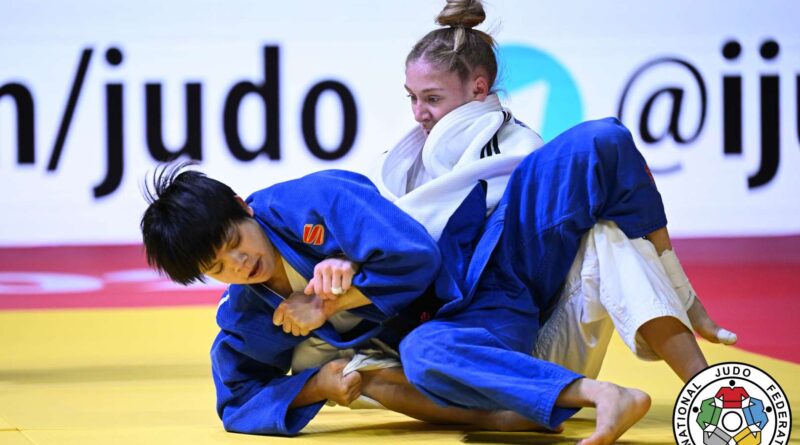The participation of junior-age athletes in senior judo world tour competitions: Effects of timing and quality of the event

ABSTRACT
This study investigates the influence of early competition exposure on the performance of junior judo athletes in senior-level World Championships and Olympic Games. Specifically, we examine the relationship between participation in different types of senior international competitions—Continental Championships, Grand Prix (GP), and Grand Slam (GS)—during the junior years and the subsequent success at major senior events. Data from 3560 judo athletes were analyzed to assess the impact of the number of competitions participated in and the timing of these events relative to the transition to the senior level. Our results indicate that judo athletes who participated more frequently in GP and GS events during their junior years had higher odds of medal success at senior competitions compared to those who focused on Continental Championships, with odds ranging from 1.58 to 3.05. Additionally, judo athletes who increased their participation in competitions during their third junior year exhibited improved odds of success, although selection bias—where higher-performing judo athletes are more likely to be exposed to elite competitions—must be considered. These findings indicate that a higher participation in higher level competitions, particularly in the later stages of junior development, is associated with a greater likelihood of medaling in senior-level World Championships and Olympic Games. This association suggests that junior athletes capable of competing successfully against senior opponents demonstrate a readiness and merit that supports their participation at this level. Furthermore, the strategic selection of competition types, particularly GP and GS events, should be prioritized in talent development programs to maximize athletes’ potential at the senior level.
Purchase this article HERE.
Check out our previous posts about same topic: ARTICLE 1 – ARTICLE 2 – ARTICLE 3

